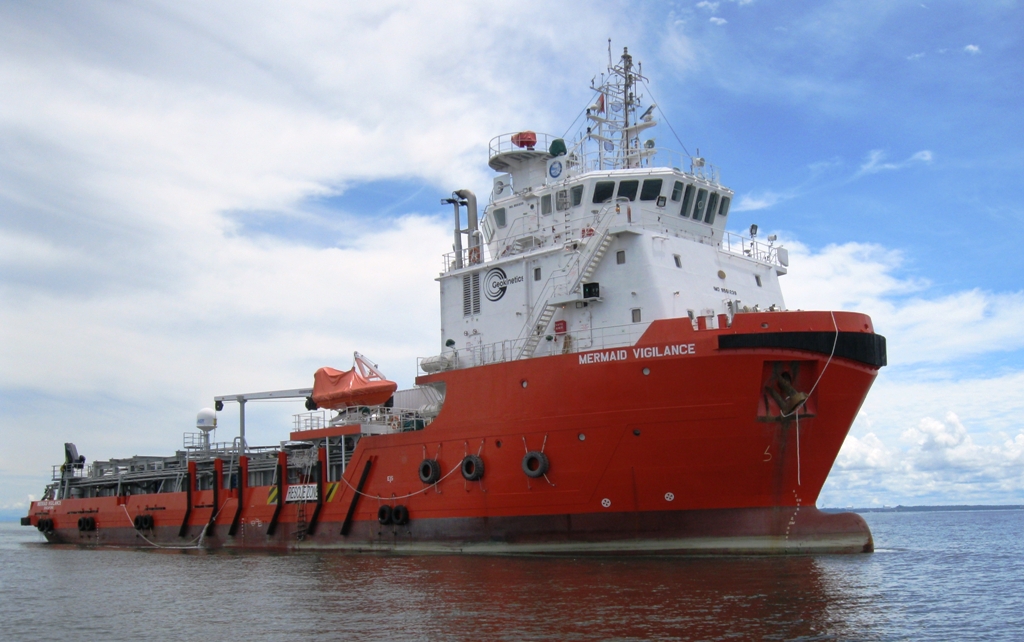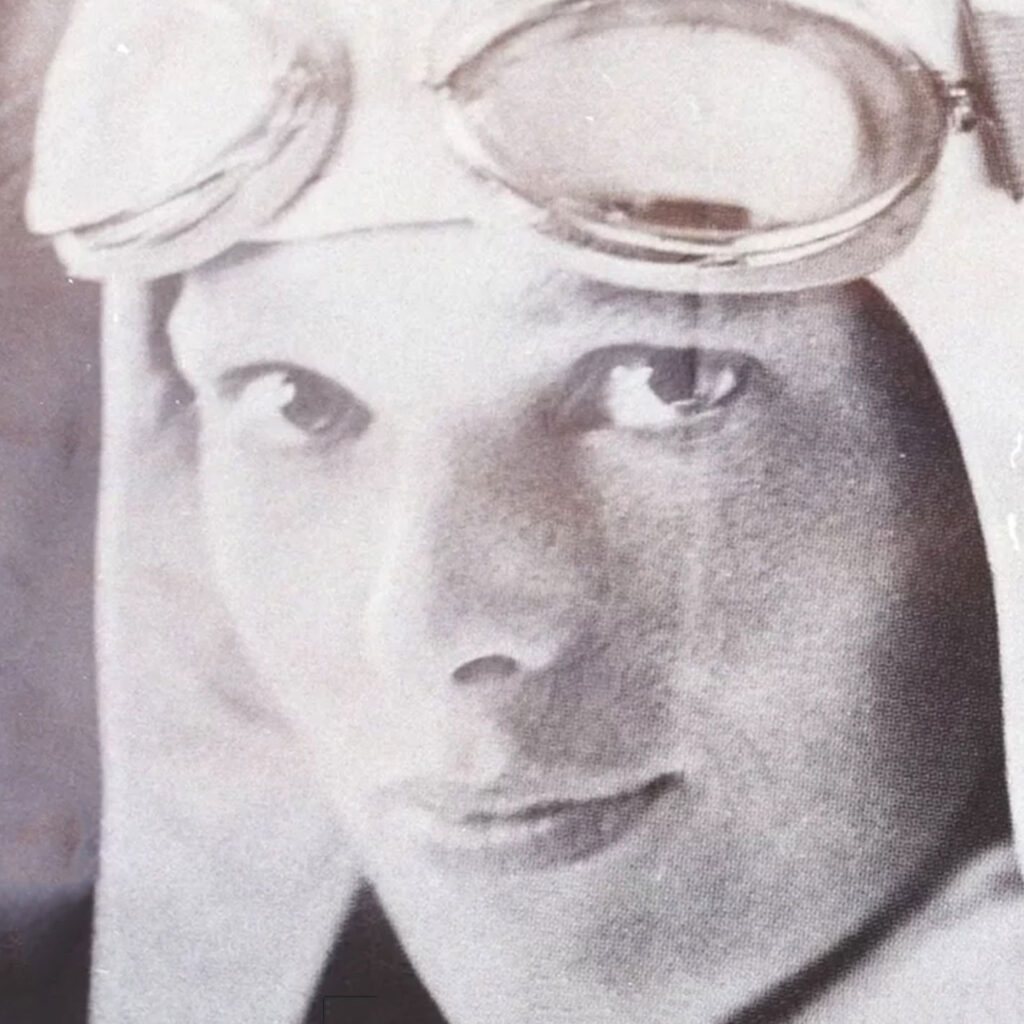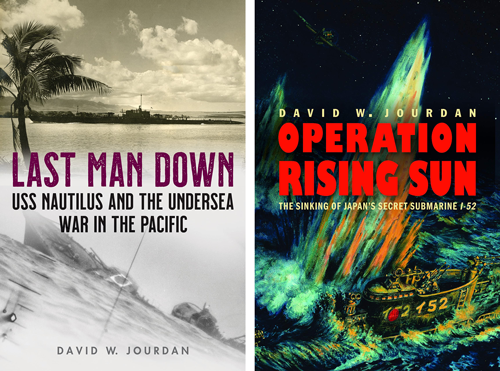Nauticos first learned of the availability of a suitable vessel for an extended deep-sea search expedition in mid December. The research vessel R/V Mermaid Vigilance would be arriving in Honolulu late January. Preparations have been underway for the expedition since the beginning of the year, with the aim of getting underway by the third week in February. This is a very short time to mobilize an expedition, but the opportunity to begin the charter in Hawaii, the nearest U.S. port to our search area, avoiding the cost of moving a vessel from the West Coast or Gulf of Mexico made it worth the effort.

Vigilance is a Multi Purpose Vessel capable of carrying cargo, handling large equipment, fighting fires, or providing support for any offshore activities. The vessel is 230 feet long and displaces close to 3,000 tons. Sporting a huge aft deck spanning most of its length, Vigilance is an ideal platform for deep ocean equipment. It’s five story tall forward superstructure includes comfortable accommodations and a wrap-around bridge. A huge engine room, kept very clean and tidy, houses twin diesels that propel Vigilance at a steady 9 knots, up to 11 in a pinch. Ship’s electricity is normally handled by a single generator, but four are provided with an emergency backup unit for good measure. The vessel is registered in Singapore, with an international crew from Mexico, Indonesia, and Ukraine. We look forward to sailing with Captain Noe Flores and his shipmates.
Our search and identification system is the Remus 6000 Autonomous Underwater Vehicle (AUV) fielded by the Oceanographic Systems Lab at Woods Hole Oceanographic Institution (WHOI). The thirteen foot long one-ton torpedo shaped vehicle operates without cable or tether, and can dive to 6,000 meter depths (almost 20,000 feet). Its lithium batteries will run for nearly a full day, propelling the vehicle as it follows terrain just above the seafloor and running sensors including a side scan sonar for searching and a still camera for imaging targets. An autonomous navigation system guides the vehicle through its survey or imaging assignment and returns it to the surface at the end of each sortie. A launch and recovery system hauls the vehicle on board, where the mission’s data is downloaded and a fresh battery is installed. Within hours, the AUV is ready for the next sortie. Greg Packard will lead a team of four WHOI engineers to work with Nauticos and the ship’s crew to maintain and operate the Remus.

Overall management of the operation will be the responsibility of Nauticos and Operations Manager Spence King. We will define search areas, analyze sonar data, and strive on behalf of Alan Eustace to make sure all operations run smoothly and everyone on board works as a team.
The expedition will be documented by Bill Mills of BMA Production Services, who will serve as our Director of Photography. Bill is a veteran of past expeditions including our 2002 Amelia Earhart search. The SeaWord Foundation will conduct STEM educational outreach activities led by teacher Sallie Smith with support from the entire team. And of course we will have ashore liaison support led by Charlotte Vick. More to come in future posts about this extraordinary team it is my privilege to sail with.




Pingback: Expedition Underway to Search for Amelia Earhart’s Plane | Sea Technology Magazine